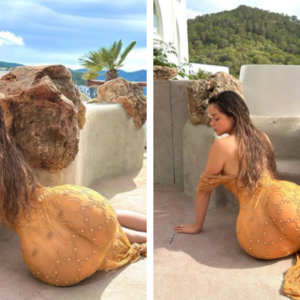t has been a year since Scarlett Johansson found herself at the center of a heated debate over casting in Hollywood. The star, previously in the spotlight for her role in Ghost in the Shell which sparked accusations of whitewashing, faced further backlash for initially accepting a transgender role in Rub and Tug. Johansson’s candid thoughts on acting – “I should be allowed to play any person, or any tree, or any animal” – added fuel to an already simmering controversy.
Scarlett Johansson’s casting controversy: a year later, still a H๏τ topic© Provided by Desimartini
Johansson’s remarks, made in an interview with As If magazine, highlighted a broader conversation in Hollywood. “What is acting anyway?” she pondered, addressing the changing dynamics of casting. This introspection comes at a time when Hollywood is grappling with issues of diversity and representation. Johansson’s subsequent clarification, stating her comments were taken out of context, and her acknowledgment of the industry’s bias towards Caucasian, cisgendered actors, show a growing awareness of these critical issues.

Looking back, Johansson’s journey through these controversies offers a mirror to the evolving landscape of Hollywood. Her initial defensiveness transitioned into a more reflective stance, recognizing her privilege and the industry’s disparities. “I have great admiration and love for the trans community and am grateful that the conversation regarding inclusivity in Hollywood continues,” she said, marking a significant shift in her perspective. 
My body is evolving: Scarlett Johansson shares her fitness secrets and discusses the natural process of aging© Provided by Desimartini
The reaction to Johansson’s statements was a mix of criticism and humor on social media. From Dean Van Nguyen’s pointed tweet – “When trans people are allowed to play any person, then Scarlett Johansson can have a moan” – to playful jabs comparing her to animated trees, the public’s response underscored the complexity and sensitivity of the issue. 
Reflecting on these events, it’s clear that Johansson’s experiences are symptomatic of a larger conversation in Hollywood. The industry’s struggle with diversity and inclusivity remains a pressing issue. Johansson’s journey from controversy to understanding mirrors the industry’s own path towards greater inclusivity and representation.
As we look back, we see not just the story of an actress caught in controversy, but a snapsH๏τ of Hollywood at a crossroads. It’s a reminder of the ongoing need for dialogue, understanding, and action towards a more inclusive and representative entertainment industry.



